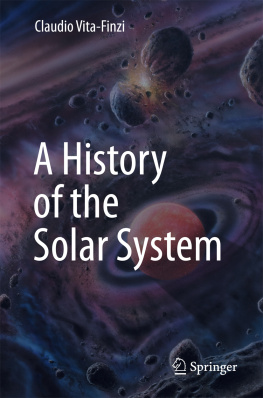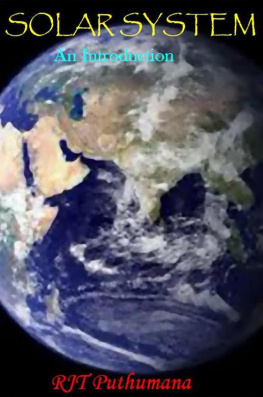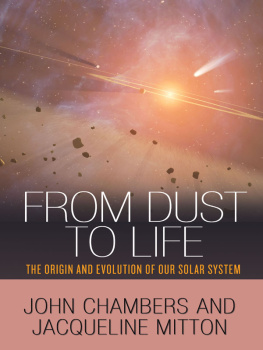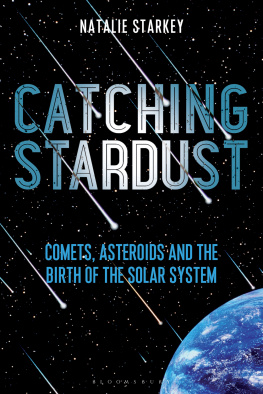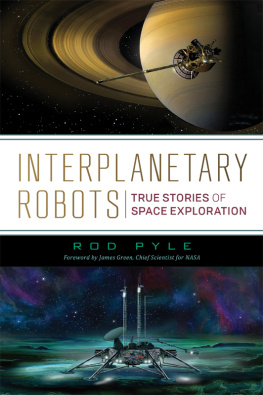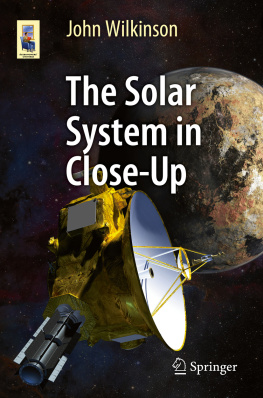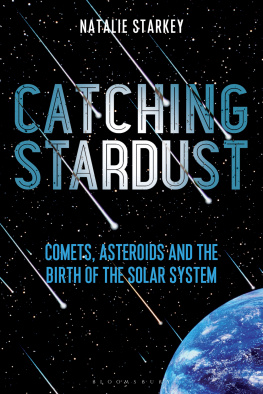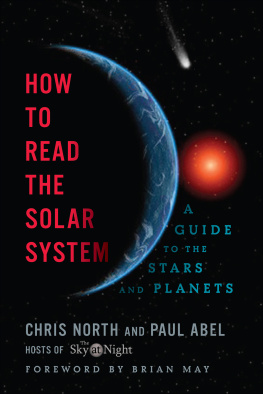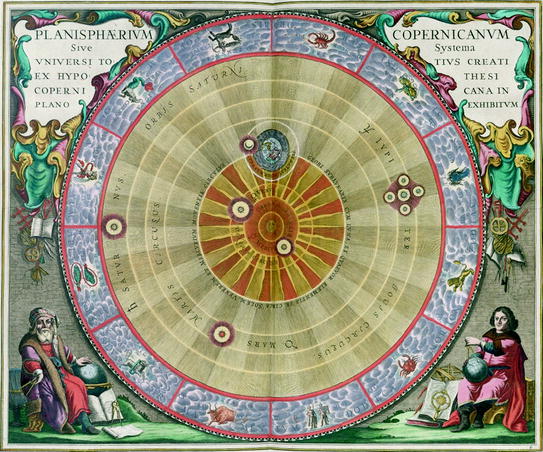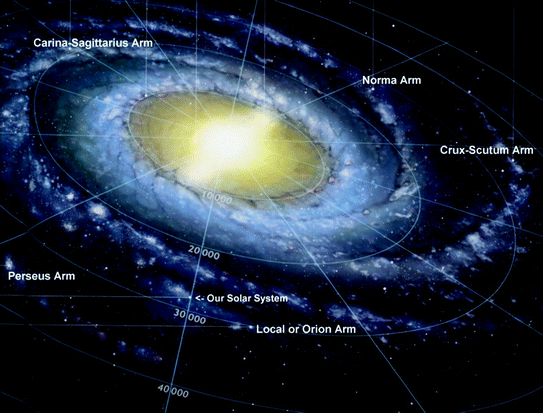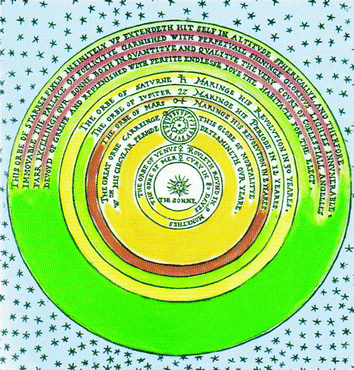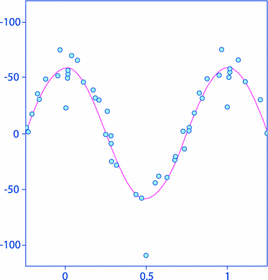1. Introduction
Abstract
Thanks to the discovery since 1995 of multiple planets orbiting Sun-like stars we know that, as intuited by Giordano Bruno in 1584, our solar system is not unique. The nebular hypothesis for its origin, first clearly stated by Pierre-Simon de Laplace in 1796, has proved durable, while our understanding of its evolution, including the part played by contributions from other parts of the Milky Way galaxy, has been enriched by the geochemical analysis and dating of material from the Moon, Mars, meteorites and other solar system bodies as well as the Earth.
We now know that there are countless solar systems in the universe. The notion is not novel but one that long ran counter to religious and scientific dogma. The Dominican friar Bruno [] suspected that there were many suns around which many earths revolved as did the planets around our Sun (innumerabili mondi simili a questo). In 1600 he was burnt at the stake for this and other deviations from Church doctrine.
Newton [] likewise spoke in his Mcanique cleste of the solar system and analogous systems scattered throughout the immensity of the heavens.
The first recorded use of the term solar system is thought [).
Fig. 1.1
Copernicus Sun-centered system. Note the assumption that the entire universe is embraced by the planisphere. From Andreas Cellarius Planisphaerium Universi Totius Creati ex Hypothesi Copernicana in Plano , 1660, From http://www.staff.science.uu.nl
Fig. 1.2
Location of our solar system in the Orion Arm of the barred spiral Milky Way galaxy, estimated to contain 100400 billion stars. The concentric scales are in light years. From http://www.universetoday.com
Fig. 1.3
Thomas Digges (c15461595) went beyond Copernicus by postulating an infinite universe of stars. Image in public domain
The Encyclopedia Britannica of 1972 (i.e. a year after the launch of the first space station, Salyut 1) noted that over half the stars in the Milky Way were binaries or systems of higher multiplicity and that stars with companions 17 the mass of Jupiter were known, so that it was reasonable to suppose that many stars were accompanied by bodies of planetary dimensions. But, despite a few such bold conjectures about the possibility of other solar systems, the evidence for a multiplicity of stars each with its planetary retinue is recent and still incomplete.
The key was of course the discovery of extrasolar planets. The first persuasive evidence of planets outside our solar system came in 1992 when two or more planet-sized bodies were found to be orbiting a pulsar (PSR B1257+12: [] which, like our Sun, is a main-sequence star. And by February 2016 over 2000 extrasolar planets were known, some forming part of 509 multiple planetary systems.
Exoplanets are identified mainly by the transit method (Fig. ), where the passage of a planet temporarily reduces the brightness of a star, and by spectroscopy, which detects variations in the radial velocity of the star relative to the Earth resulting from shifts in the combined centre of mass of the star and its planet. The former method was used by the Kepler space observatory, launched in 2009, which monitored the brightness of 145,000 main sequence stars. By 7 January 2015 it had detected some 440 stellar systems and this led to an estimate of 11 billion Earth-sized planets orbiting Sun-like stars in the Milky Way.
Fig. 1.4
The transit method for detecting extrasolar planets: periodic variations in radial velocity (in m/s: y axis) of the solar-type star 51Peg (Gliese 882) indicating a companion with a mass of at least 0.5 that of Jupiter ( M j) orbiting at 0.05 astronomical units (AU). Based on Mayor and Queloz []; error bars removed for clarity. x axis: orbital phase (period 4.23 days), solid line denotes orbital motion of 51Peg computed from orbital parameters
The question remained whether the groupings amount to solar systems, not purely a matter of semantics but because the interplay between planetary bodies (as later chapters show) bears on such matters as the origins of life and the evolution of atmospheres. Four years of observation by the Kepler satellite revealed extrasolar system KOI-351, consisting of 7 transiting planets with orbital periods that range between 7 and 330 days and with the two innermost planets similar in size to the Earth [). The familiarity does not stop there: the outer orbits are occupied by gas giants, and the planets interact dynamically in a manner akin to the phenomenon of orbital resonance named after Laplace and displayed by the moons of Jupiter, which occurs where two or more orbiting bodies have a mutual gravitational effect because the ratio between the period of their orbits is close to a small whole number, such as the values 1:2:4 identified by Laplace for Io, Ganymede and Europa.
Fig. 1.5
KOI-351 was described as a solar system similar to ours but more compact as all its members are within 1 AU. It was identified by the Kepler Space Telescope and was the first system to be found with small, probably rocky, planets in the interior (b-f) and gas giants (h and g) in the exterior (Cabrera et al. []). Three of the planets have orbital periods similar to those of Mercury, Venus and Earth, but they vary by as much as 25.7 h. Credit DLR and Astrobiology 29.11.2013
As the hunt for exoplanets was at least initially driven mainly by the search for life elsewhere in the cosmos the next step was to identify those planets that orbit their parent stars within the habitable zone. How this should be defined was of course problematic, but the presence of liquid water featured in most schemes on the grounds that it is an essential compound for the existence of life as we know it []. That is an unnecessarily restrictive target. In any case the presence of life is by no means an essential component of solar systems as broadly defined nor, indeed, something restricted to them.
As early as 1783 William Herschel wrote a paper on the Motion of the Solar System in Space and soon afterwards he concluded that the Sun lay near the bifurcation of the Milky Way, impressively close to current assessments of its passage through the galaxys spiral arm to its location in the Orion Arm (Fig. ). And as late as the 1970s it was still reasonable to define the solar system on the basis of its gravitational attraction as extending to the orbit of the outermost known planet, Pluto, 40 astronomical units from the sun (AU, the mean distance between Earth and Sun or 150 million km), but prudent to add that if, however, it is considered to extend to the aphelia of comets with nearly parabolic orbits, its extent is approximately 100,000 astronomical units (Encyclopedia Britannica 1972).

